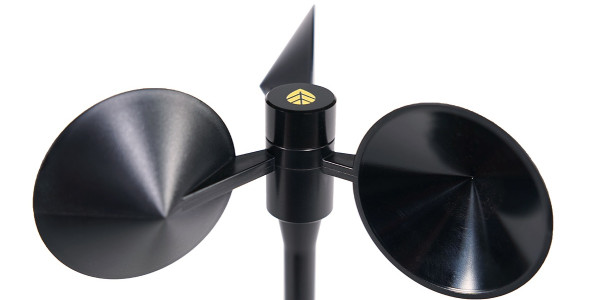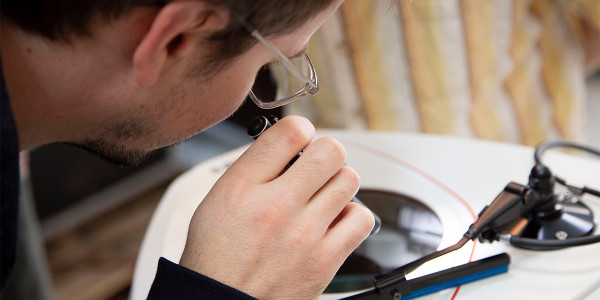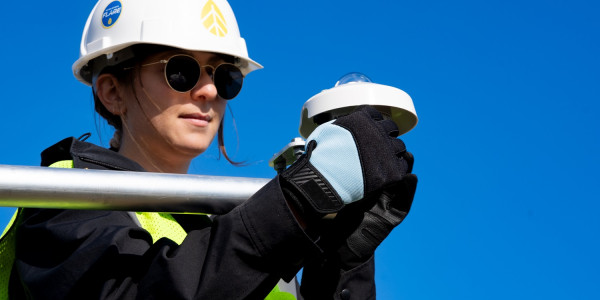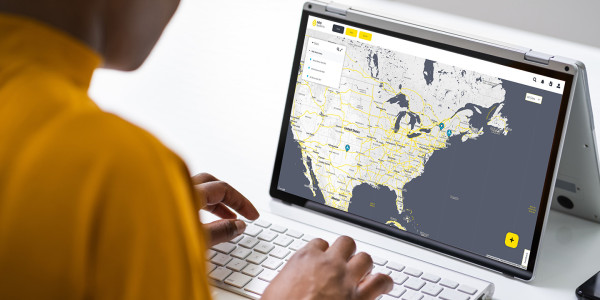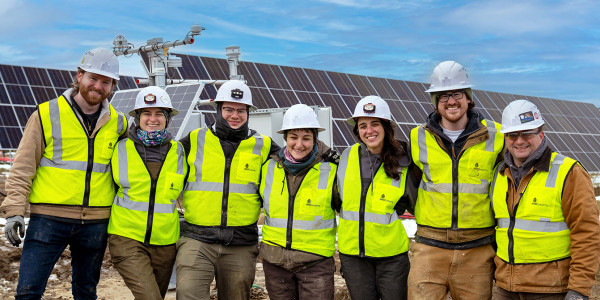April 29, 2015 | Press Releases,
incorporate advanced techniques to measure the wind components on a large scale for short term campaigns or long term operations to reduce wind flow modeling uncertainties, understand physical phenomena such as wakes, and improve wind forecasting. They are able to perform a full 3D mapping of the atmosphere to provide remote measurements of wind speed, direction, turbulence, and boundary layer height.
The two machines will be utilized by NOAA’s Chemical Sciences Division for a variety of measurement purposes, starting with the XPIA experiment at the Boulder Atmospheric Observatory (BAO) taking place in April 2015. The XPIA Experiment is a field campaign that aims to quantify uncertainties in Doppler Lidar measurements of wind conditions. The project is being conducted with funding from the Department of Energy (DOE). For this experiment, multiple Doppler Lidar systems are being deployed in close proximity to the BAO’s heavily instrumented 300 m meteorological tower. Measurements of wind speed, wind direction, and velocity variance from well-calibrated sonic anemometers at six levels on the tower will be compared to measurements from the Doppler Lidars in order to assess the level of Lidar measurement bias and uncertainty.
Later this year, The WINDCUBE Lidars will be deployed for the Wind Forecast Improvement Project (WFIP 2), another research campaign aiming to improve NOAA's short-term weather forecast models with regards to wind condition predictions that impact wind energy generation.
NOAA intends to take advantage of the flexibility in configuration of the Lidars for future use in a diverse range of applications, including air quality studies and offshore wind resource assessment. “The WINDCUBE scanning Lidar Series was designed with the twin goals of robustness and versatility in mind,” said David Hurwitt, VP of global marketing & product management at Renewable NRG Systems. “This means that a single system can be adapted to a variety of research and operational uses in the fields of meteorology, air quality, and renewable energy.”
Renewable NRG Systems is the exclusive distributor, for North America, of the WINDCUBE Lidar technology manufactured by French Lidar specialist Leosphere. For more information, please visit https://www.renewablenrgsystems.com/products/lidar.
***
About NOAA
NOAA is an agency that enriches life through science. Our reach goes from the surface of the sun to the depths of the ocean floor as we work to keep citizens informed of the changing environment around them. From daily weather forecasts, severe storm warnings and climate monitoring to fisheries management, coastal restoration and supporting marine commerce, NOAA’s products and services support economic vitality and affect more than one-third of America’s gross domestic product. NOAA’s dedicated scientists use cutting-edge research and high-tech instrumentation to provide citizens, planners, emergency managers and other decision makers with reliable information they need when they need it. NOAA's roots date back to 1807, when the Nation’s first scientific agency, the Survey of the Coast, was established. Since then, NOAA has evolved to meet the needs of a changing country. NOAA maintains a presence in every state and has emerged as an international leader on scientific and environmental matters.
About Renewable NRG Systems
Renewable NRG Systems (RNRG) measurement products and technical services are purpose-built for the global renewable energy industry. RNRG pioneered wind resource assessment more than 30 years ago, when the wind industry was just beginning. Today, the company serves multiple stages of wind and solar project development—from site assessment to commercial operation. You’ll find RNRG products in use by utilities, OEMs, developers, research institutes, and governments in more than 150 countries. Learn more at www.rnrgsystems.com.
Media Contact
Jonathan Collings - Alesia Communications
FR +33 (0) 652 694 221
Skype jonathancollings1
jonathan@alesia-communications.com
